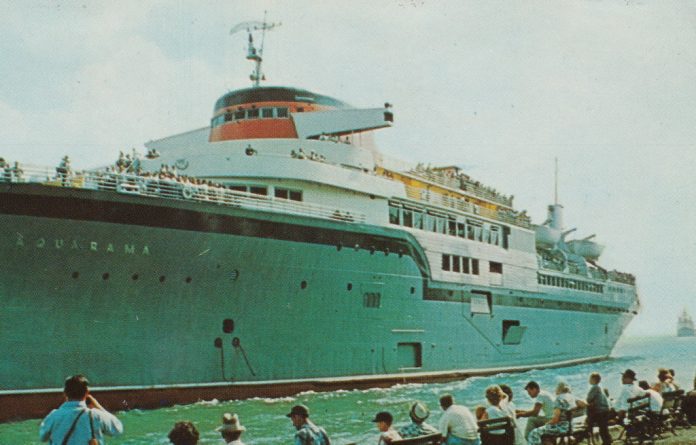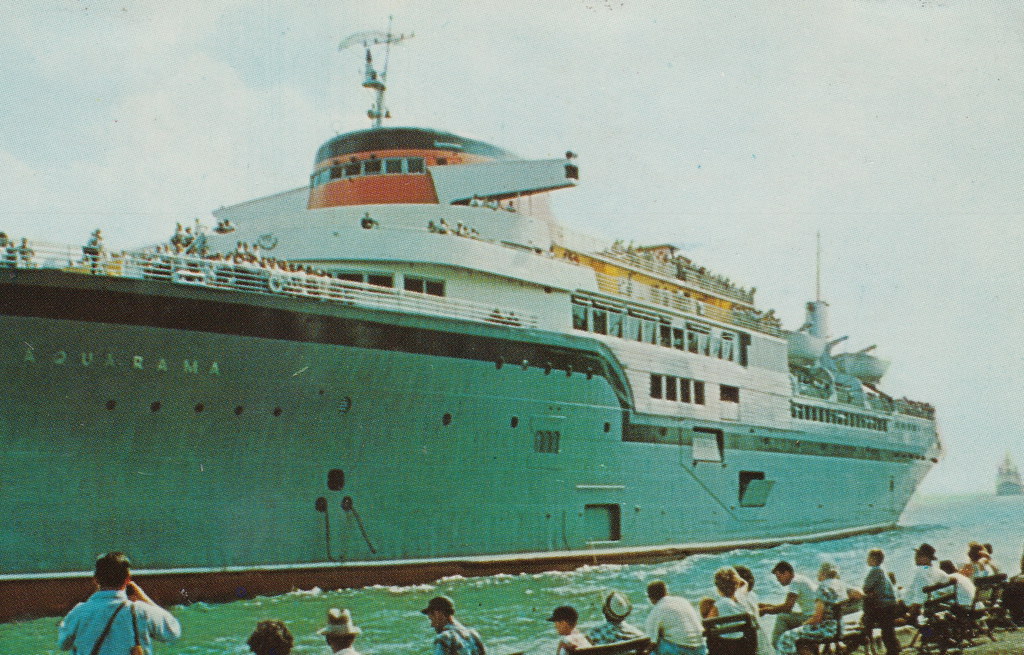
At the onset of World War II, the U.S. Navy faced an unprecedented logistical challenge: how to support a massive fleet across the vast expanses of the Pacific Ocean.

The task demanded a radical overhaul of naval logistics, from basing strategies to the deployment of mobile service squadrons. The war’s progression witnessed the metamorphosis of the fleet’s logistic backbone, shaping a victory that rested as much on supply lines as it did on combat prowess.
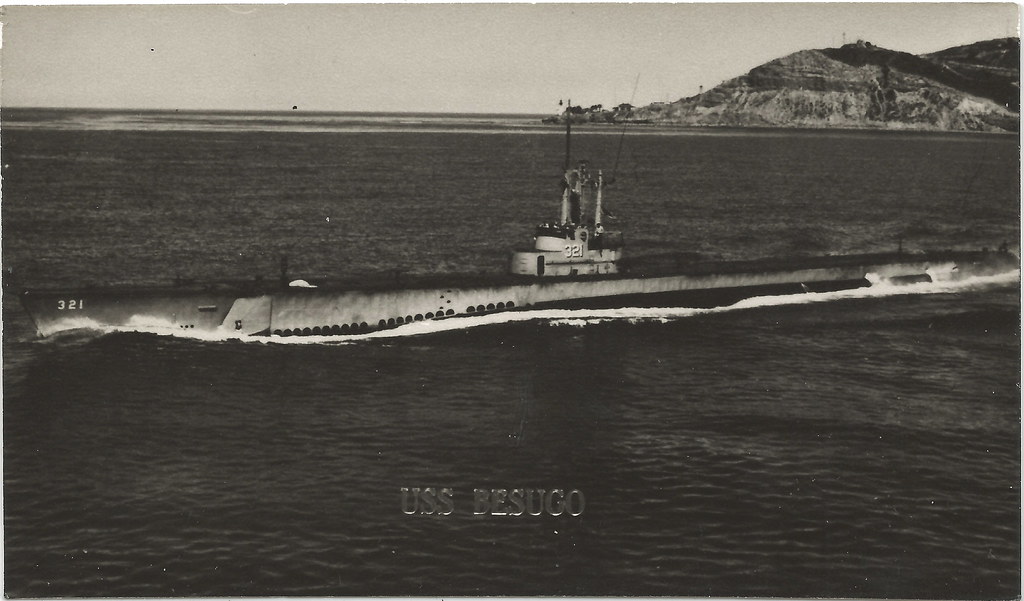
The Navy’s Service Force became the unsung laboring giant of the Pacific Fleet. At the helm was Vice Admiral W.L. Calhoun, who masterfully orchestrated the fleet’s logistical ballet.
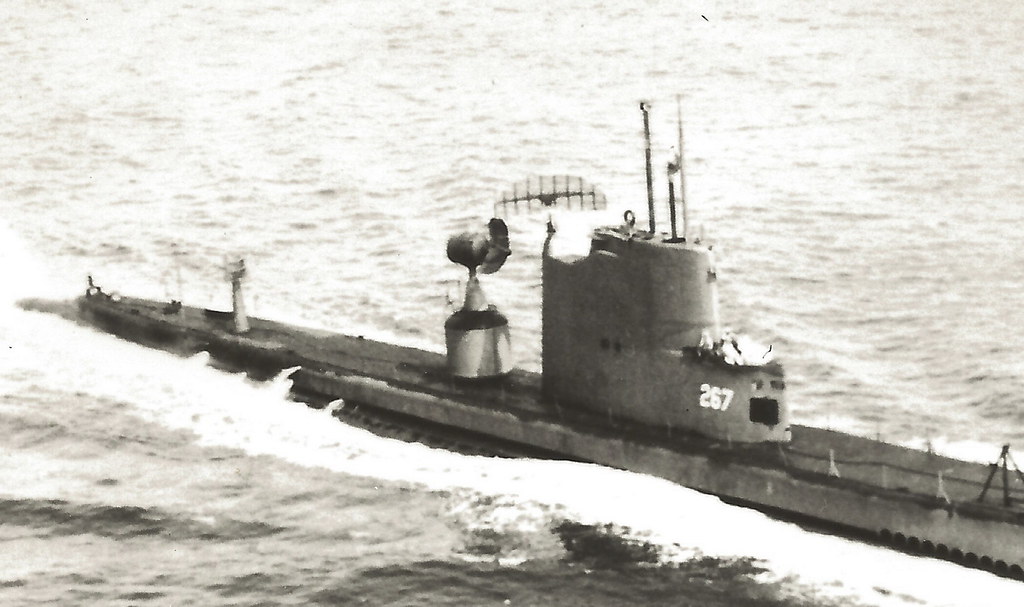
From humble beginnings in 1940, with only a handful of auxiliary vessels, the Service Force would burgeon into a fleet of thousands, providing everything from fuel to medical services in proximity to the frontline.
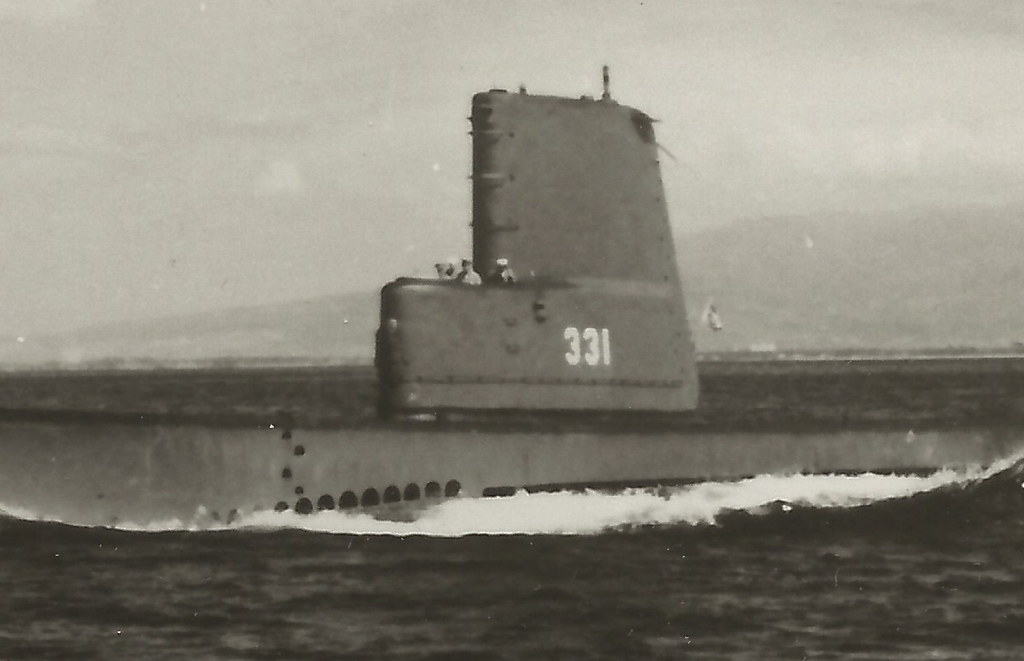
The early war years revealed the critical nature of logistics. The Asiatic Fleet’s retreat from the Philippines to the Dutch East Indies laid bare the urgent need for ammunition, repair facilities, and fuel.

Despite valiant efforts, the lack of logistics infrastructure in the East Indies hindered the fleet’s ability to repel the Japanese advance.
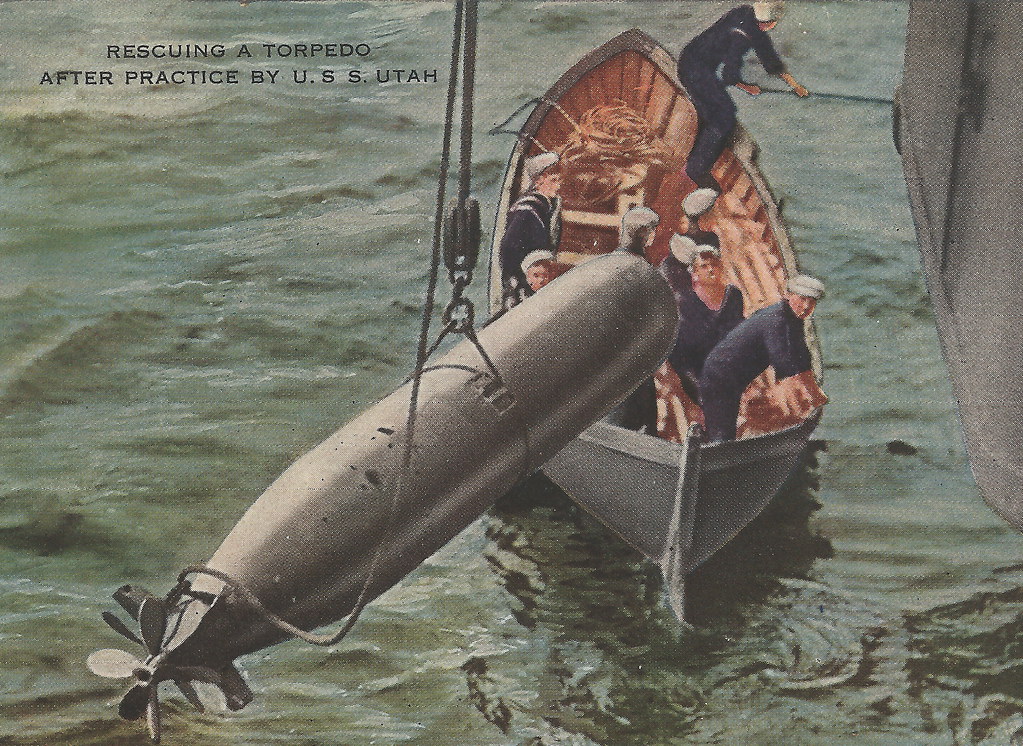
Meanwhile, in the South Pacific, the Guadalcanal campaign underscored the importance of closely integrated operations and logistics.
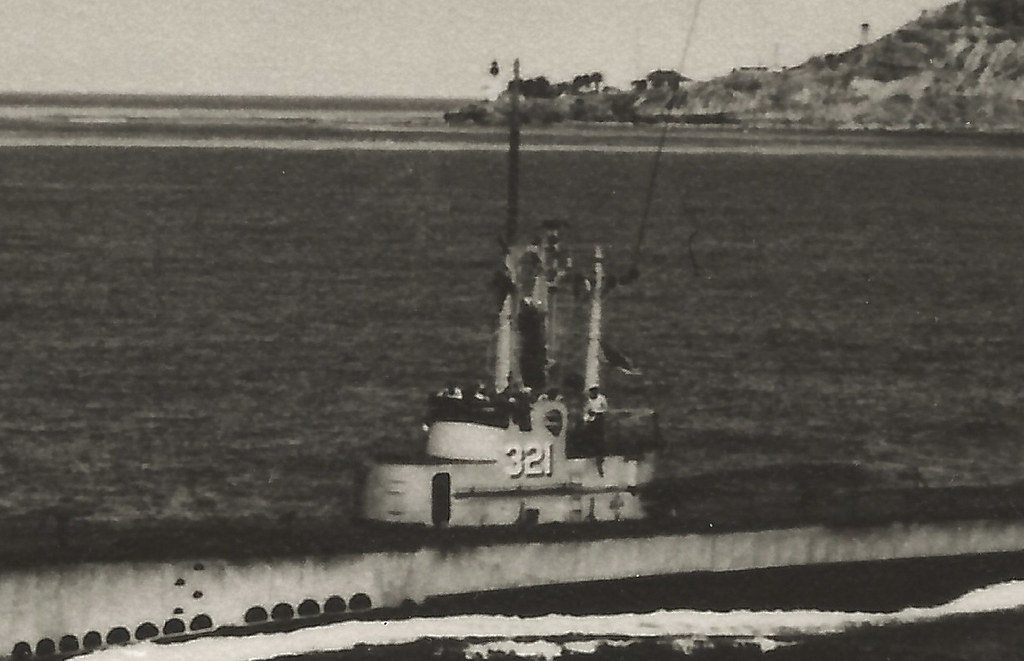
The insufficient number of tankers and the remote positioning of bases meant that even as Admiral Robert L. Ghormley’s forces took the offensive, their sustainability hinged precariously on a logistical apparatus that was still evolving.
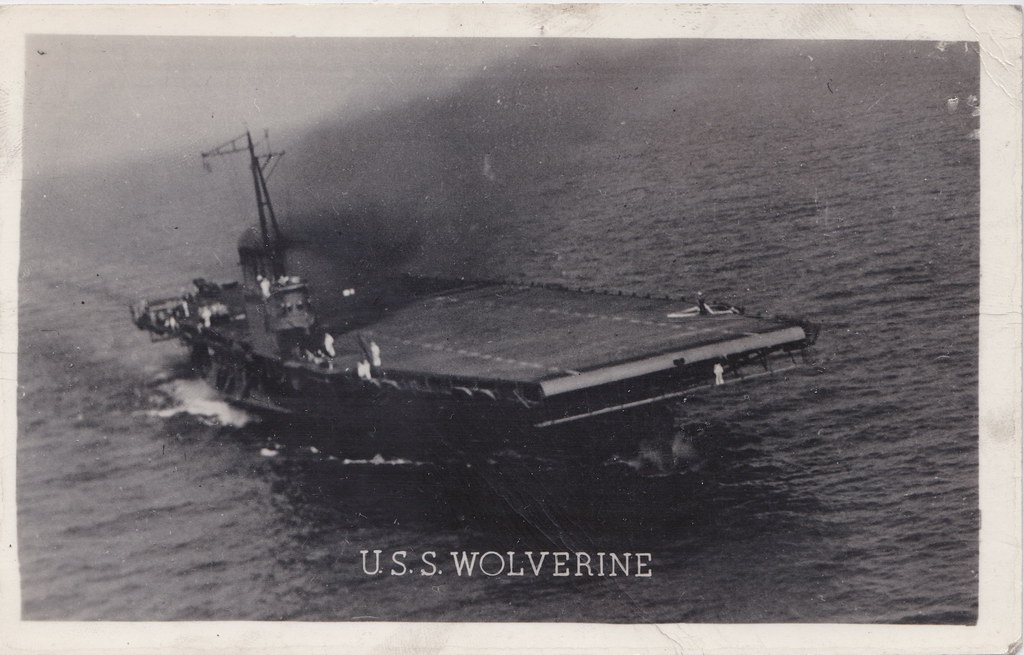
Admiral Chester W. Nimitz, the Pacific Fleet’s Commander in Chief, recognized the logistical dilemma and vowed to supply Ghormley’s needs.

As the fleet inched closer to Japan, Service Squadrons like Ten and Four, initially formed at Pearl Harbor and Funafuti, provided a floating network of support, refueling and rearming ships closer to the battle zones than ever before.
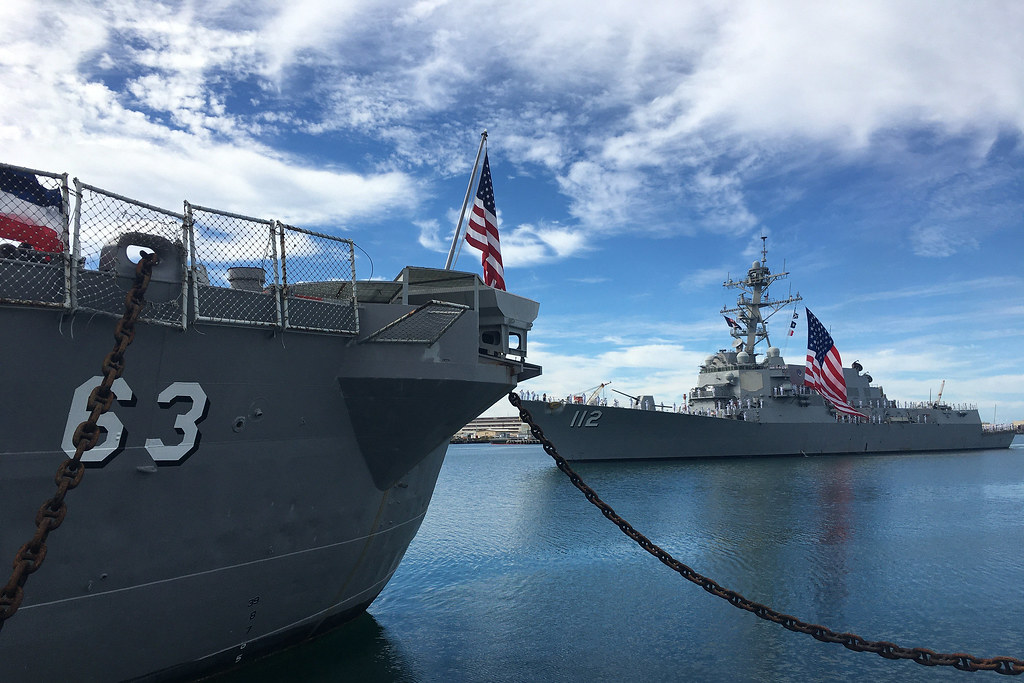
The turning point came at Midway. Despite the fleet’s inferior logistic footing, Nimitz’s foresight in preparing Midway Island and a strategic usage of fuel and plane replacements helped tilt the scales in America’s favor. The battle, while a triumph, also served as a stark reminder of the Navy’s precarious logistic state.
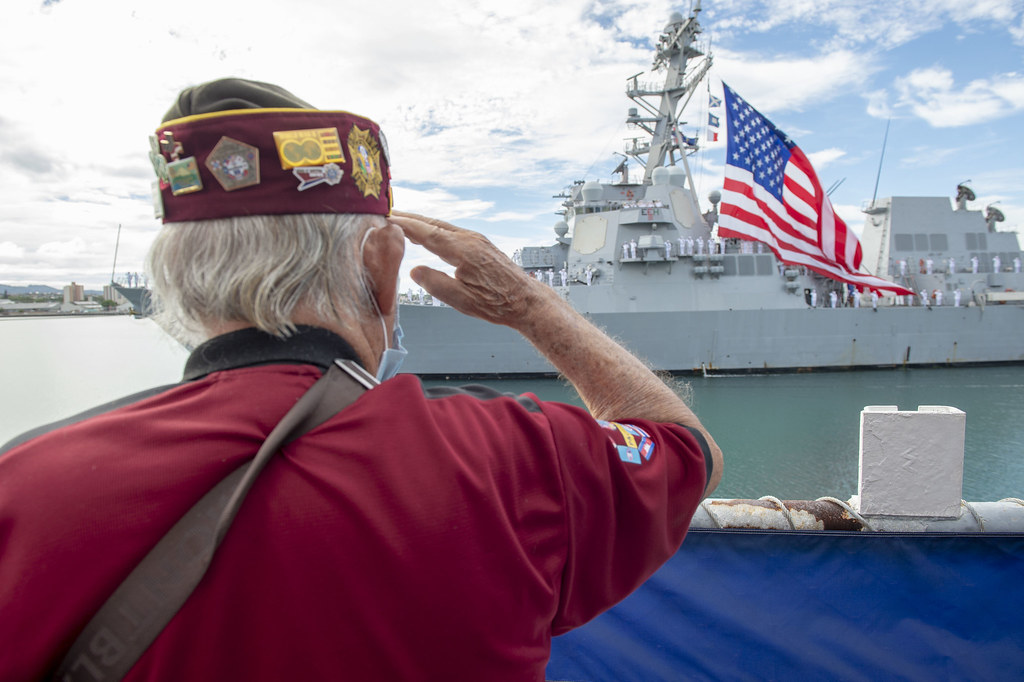
As the war raged on, the logistic narrative saw mobile service squadrons assume greater significance. They sailed alongside the fleet, not just resupplying but repairing, a testament to the Navy’s enhanced capacity for at-sea maintenance.
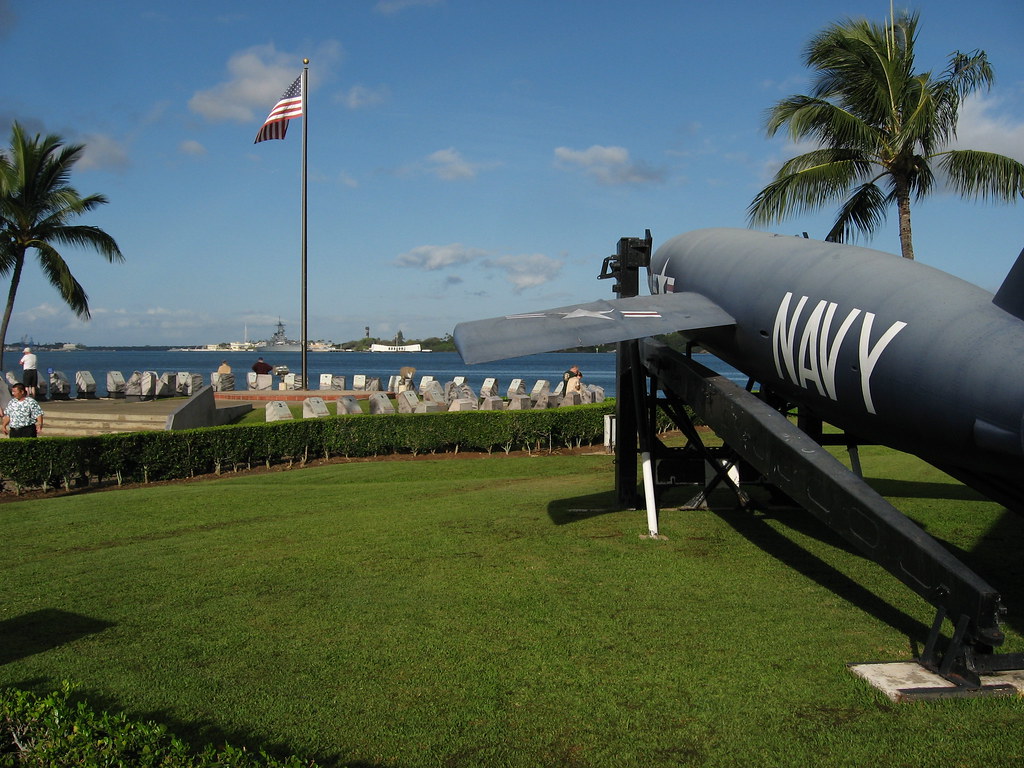
By war’s end, the Service Force comprised an array of vessels, from hospital ships to oilers, their numbers reflecting the strategic imperative that logistics had become.
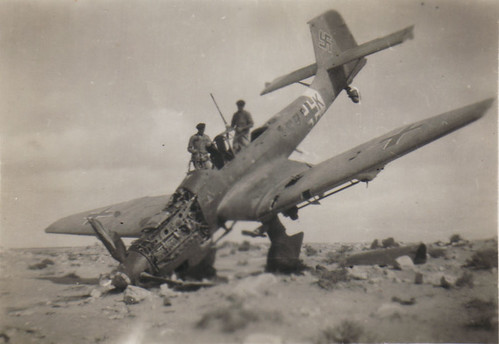
The U.S. Navy’s journey from logistic inadequacy to supremacy was fraught with trials, yet it was this transformation that sustained the fleet’s advance. For every daring maneuver executed in the theater of war, there was an equally critical logistic operation, often unseen but never unappreciated by those it served.

The victory in the Pacific rested on the shoulders of every sailor, soldier, and Marine, but it was logistics that ensured they could stand tall and fight where and when it mattered most.
Relevant articles:
– A Submarine Made it Home with a Sail Made of Blankets, War History Online
– Rig For Sail, The US Submarine R-14 Sailed the Pacific with Sails Made of Blanket, SOFREP
– Vol. 1, War Damage Report No. 58, United States Navy (.mil)
– Beans, Bullets, and Black Oil, United States Navy (.mil)
